10 things about Karnataka that Tipu, Savarkar and ‘Bajrang Bali’ didn’t tell you
How data-crunchers have provided more insight more than itinerant election tourists i.e. journalists, also known as ‘parachutiyas’
Newspaper coverage of the Karnataka elections, especially in Kannada newspapers, has looked as if somebody at the local taluk office pulled out a smudged cyclo-styled template from the 1980s and passed it around.
Paragraph 1: use words like challenge, tight contest, tough duel, neck-and-neck fight, tussle, battleground etc to set the tone.
Paragraph 2: alphabetically name the contestants in the ring and their past and present political affiliations.
Paragraph 3: chronologically describe what happened in 2018 and, if space permits, in the previous two elections.
Paragraph 4: list the castes in the constituency, and show which candidate of which caste stands in good stead as a result.
Get the picture?
All this anodyne Wikipedia stenography passes off in the name of being “objective”. Actually, what it does is reveal how little wisdom of their own political journalists have, if they don’t receive it from their WhatsApp admin.🙏
Which is perhaps why some of the more remarkable insights on Karnataka have come from nerdy data-crunchers—praise be unto them—who sit in dark corners of newsrooms and dig through the fineprint in boring journals and papers.
***
Like, for all the language-challenged buffoons who flew down on anonymous electoral bond-funded campaign trips to lecture Kannadigas on the Gujarat Model, Karnataka is a real growth engine.
We learnt through Financial Express that its economy does better than the national average; it contributes 12% of direct taxes; and gets the most in foreign direct investment (FDI) than any other state.👇🏿
Like, we learnt through The Indian Express that the Gross State Domestic Product (GSDP) of Karnataka is the second-highest after Tamil Nadu. Its per-capita income is the highest. And its unemployment rate is much lower than the national average.👇🏿
Like, we learn from Hindustan Times, that these numbers are not a bed of roses as they may suggest.
Karnataka’s economy is heavily skewed towards some parts of the state, and there is a north-south divide in GSDP contribution and per capita GDP.👇🏿
Like, we learn from Business Standard that only 25% workers in Karnataka receive a salary, the lowest among the four most industrialised states in India. And its female labour force participation rate of 35.3% is lower than the national average.👇🏿
Like, we learn from The Indian Express, that for all its wealth and growth, on many important social indicators—like malnutrition and stunting—Karnataka is doing pretty poorly of late.👇🏿
***
It can be argued that this is not what constitutes political reporting in its truest sense. Yes, that’s true if you think that relaying the unfiltered garbage of unhinged politicians is political reporting.
As more than one survey has showed, Karnataka has voted theough its pocket on livelihood issues and journalists have failed to capture that by allowing loud mouths to hog airtime on hijab, halal, Tipu Sultan, Savarkar—and Bajrang Bali.
But since we are on the subject, it has taken journalists of the data kind to throw light on some accepted maxims.
Like, we learnt through The Hindu that with 5.24 crore voters, the size of the Karnataka electorate was 17th in the world, bigger than France and the United Kingdom.👇🏿
Like, for all the clap trap of Karnataka having three major parties, the number of bi-polar contests has increased from 46% in 2008 to 77% in 2018.👇🏿
If you can’t see that stolen screenshot from The Hindu properly, here’s a more legible one from Hindustan Timss.👇🏿
Like, you hear a lot of guff about first-time voters. But Business Standard tells us that there has been a huge drop in the number of voters in the 20-29 age group, especially in Bangalore, suggesting migration—and the State’s inability to create the right kind of jobs for themz👇🏿
Like, while the cheer-girls keep saying that the BJP put up a number of new faces in the 2023 elections—and credit “Chanakya” for that—the truth is, says Dainik Bhaskar, that it did so mostly in seats BJP had never won in the previous three elections.👇🏿
And finally, depressed at the Exit Poll findings that Karnataka may slip out of BJP’s hands? Don’t. For one thing, BJP did not win a majority on its in own in 2018, or any time before.
And as the Economic & Political Weekly points out, BJP has never won a bigger voteshare than Congress—ever—in its “Gateway to the South”.
Not once, never.👇🏿
And, Hindustan Times tells us that BJP’s performance in 2018 was no great shakes either.

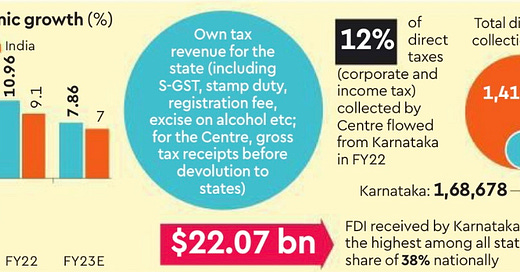


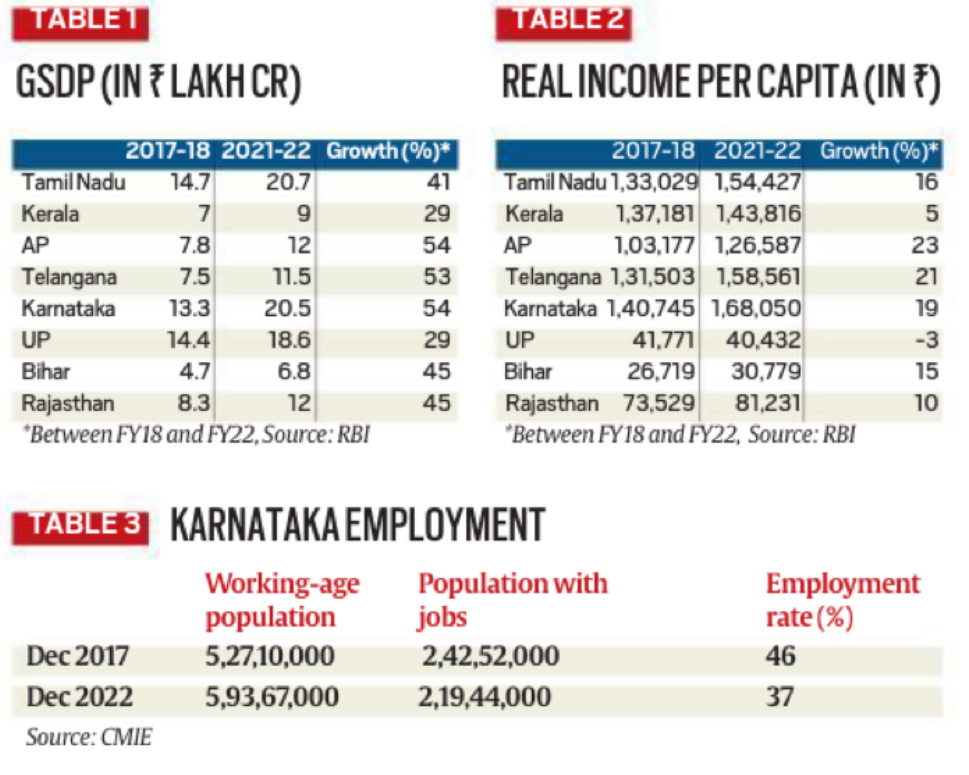
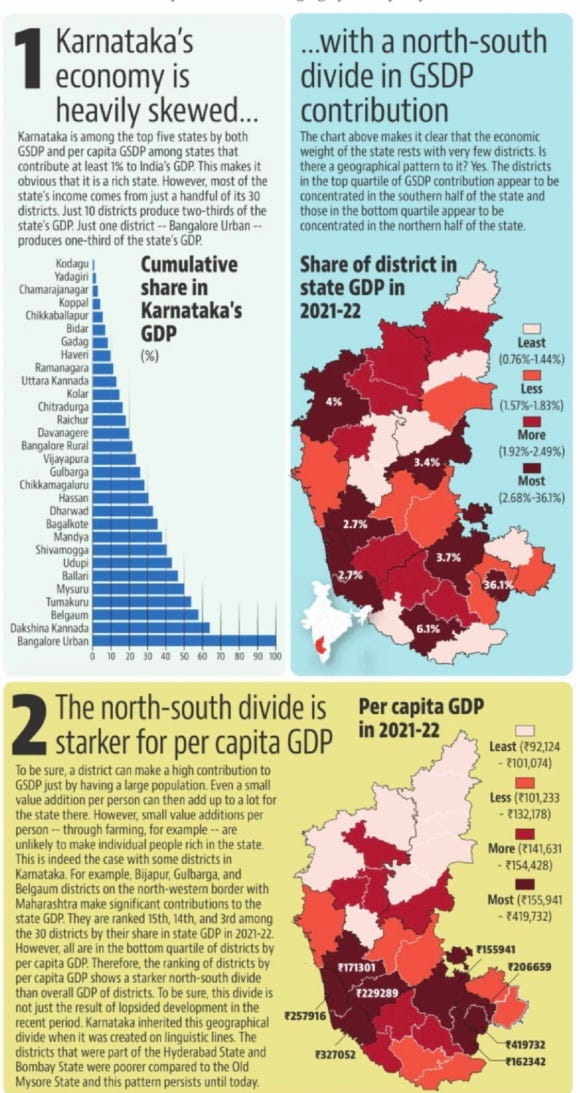
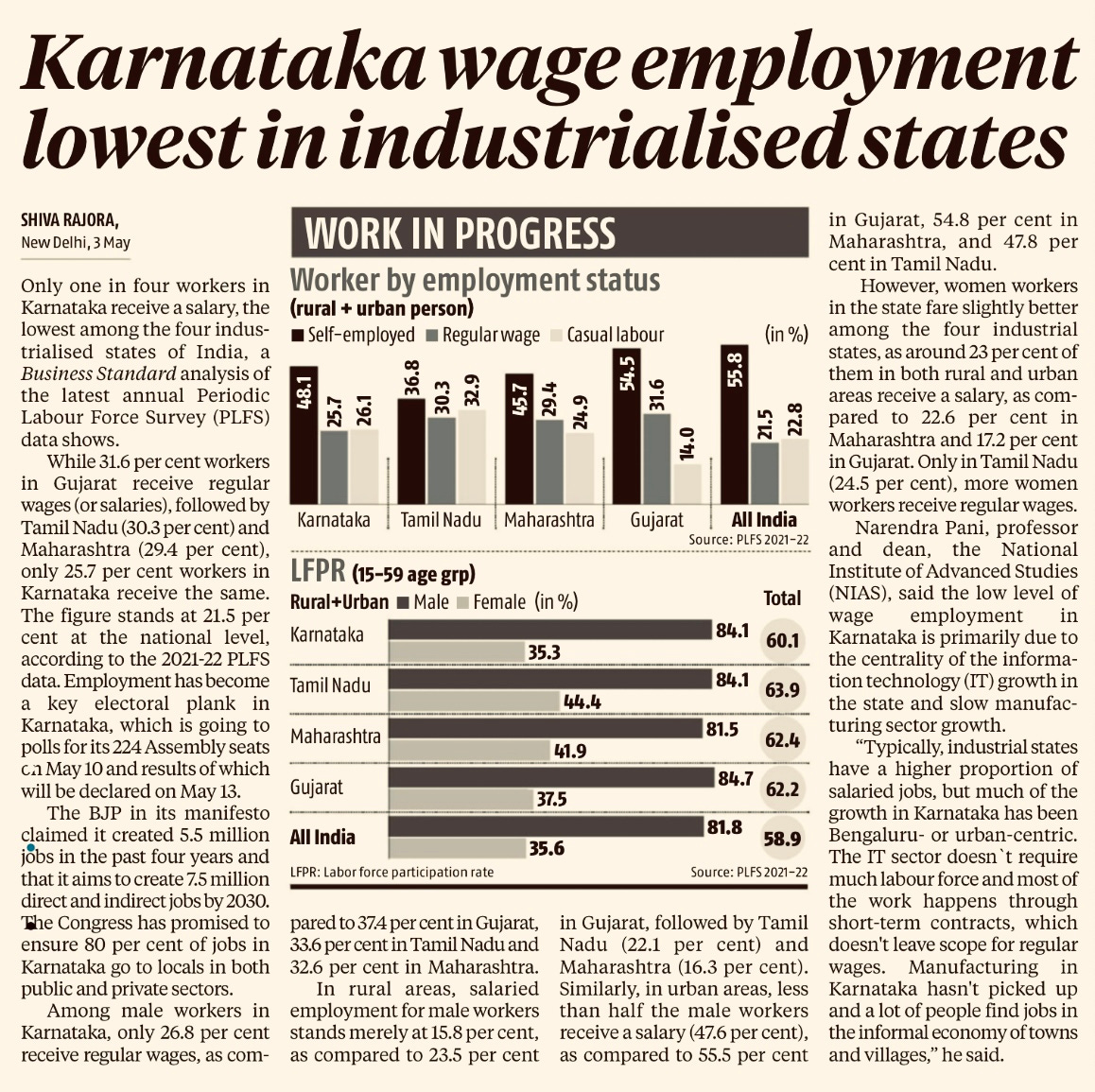

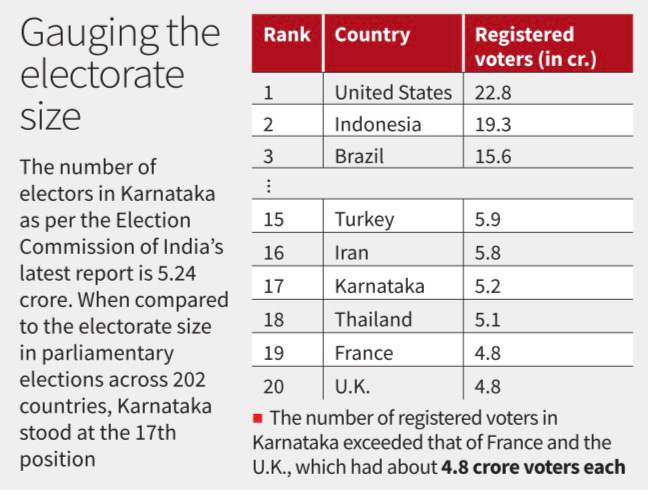

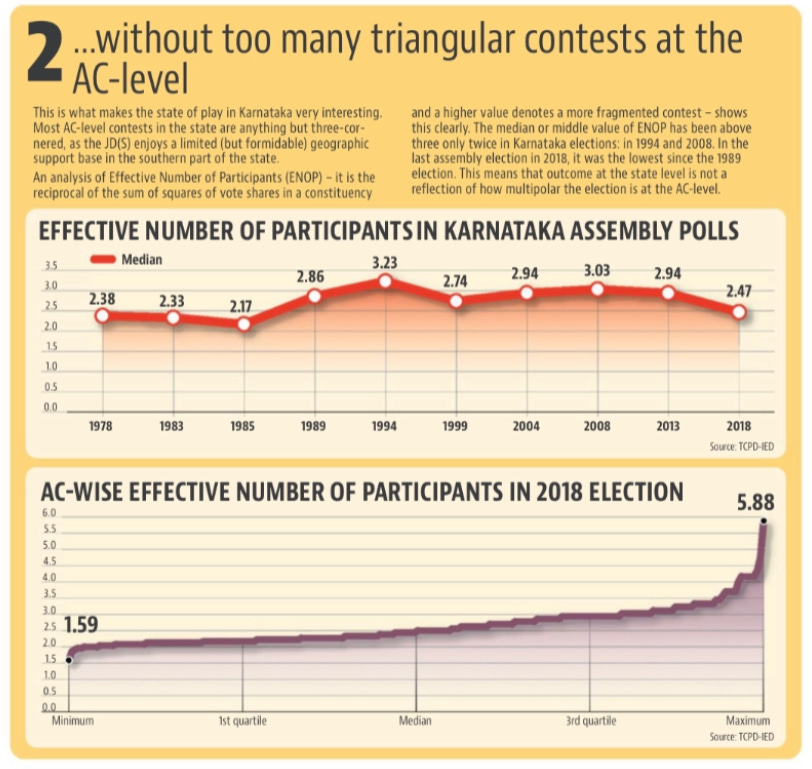
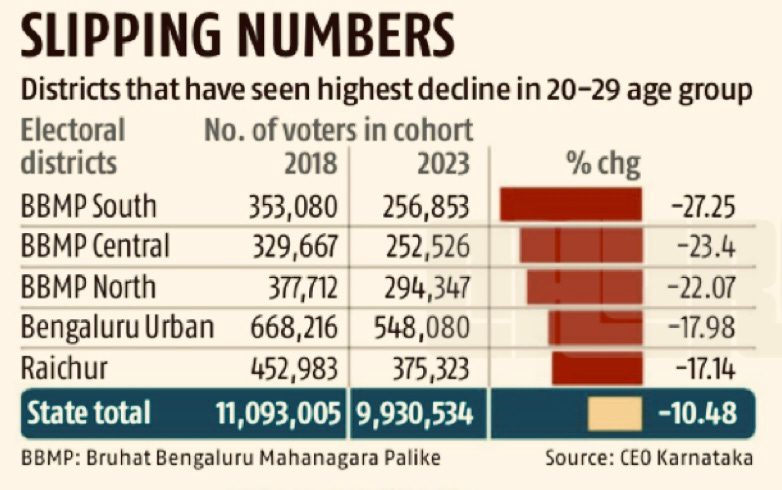
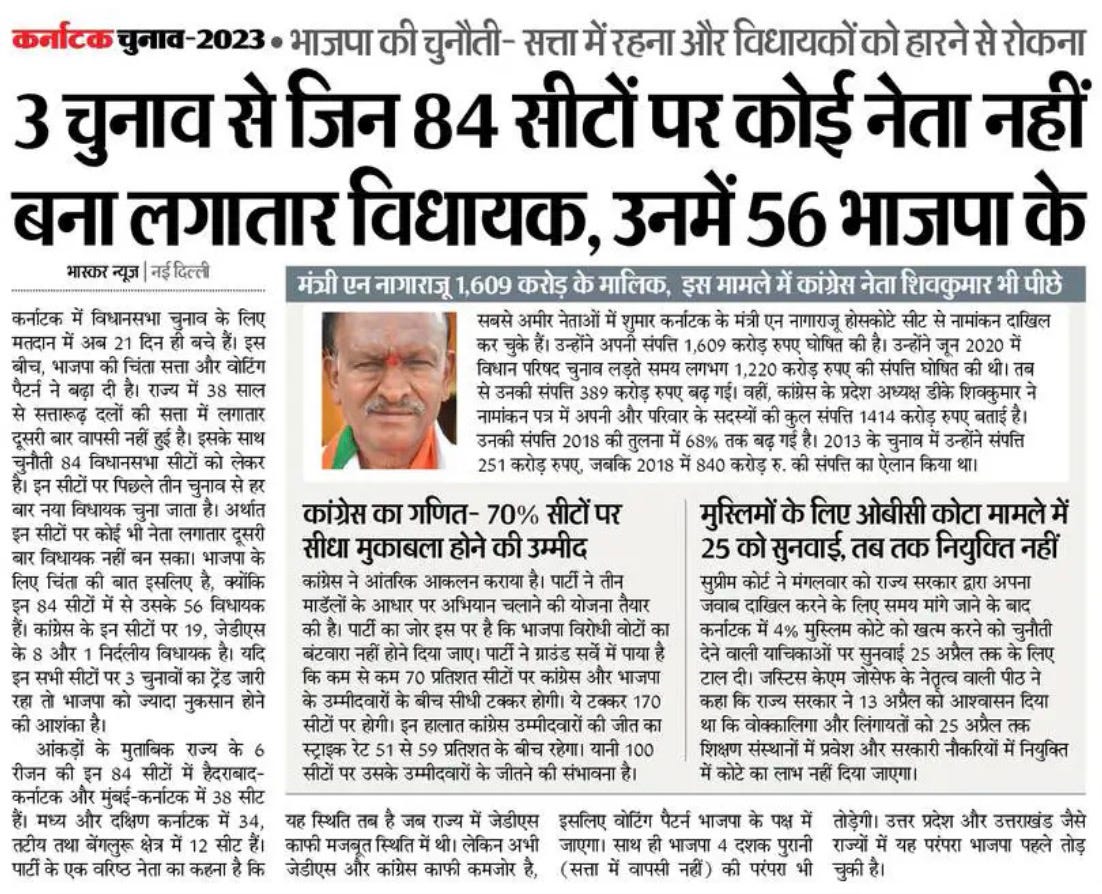
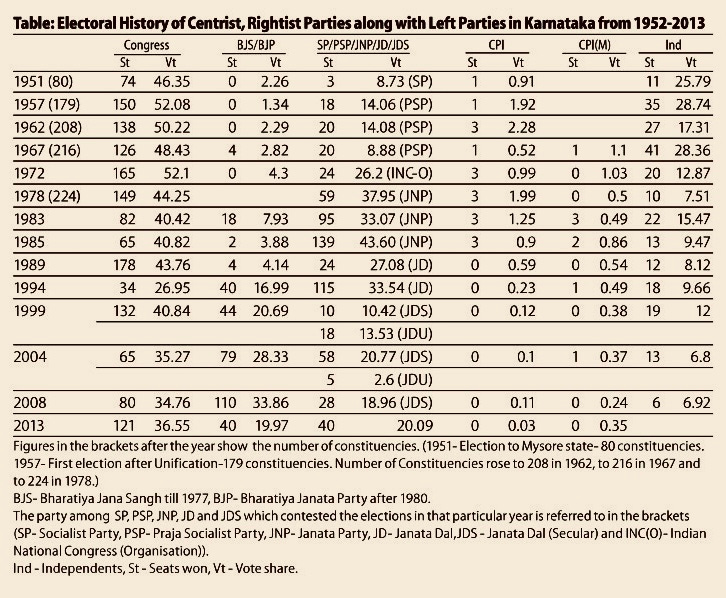

Well explained article